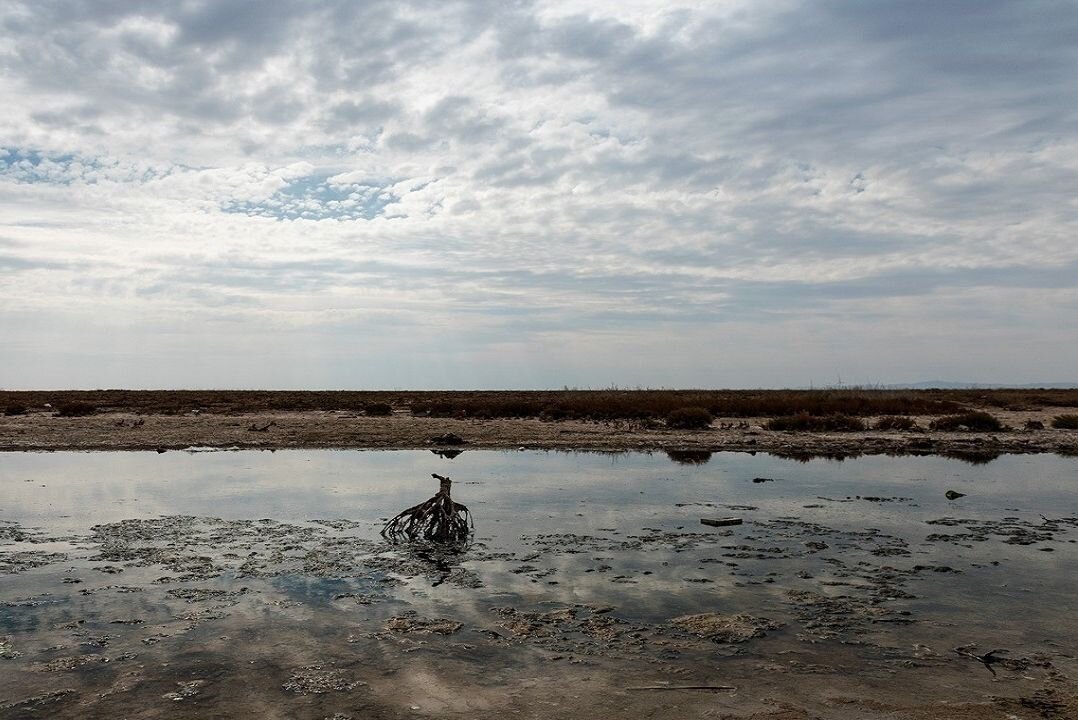Moderate to severe drought recorded in past 3 years

TEHRAN- According to the data released by the Meteorological Organization, most parts of the country were affected by moderate to severe drought over the past three crop years.
Only some provinces did experience normal precipitation.
The crop year, from September 23, 2022, to September 22, 2023, recorded a cumulative rainfall of 188.8 mm, a 6.2 percent increase compared to 177.7 mm in its preceding year.
However, in comparison to 236.1 mm long-term rainfall, the figure shows a 20.1 percent decrease.
Also, the cumulative rainfall of the country reached 180.4 mm in the crop year from September 23, 2021, to September 22, 2022, which showed a 23.3 percent increase compared to the previous year.
It was 23.9 percent less than the long-term cumulative rainfall which was 237.1 mm.
In the crop year from September 23, 2020, to September 22, 2021, the precipitation reached 143.4 mm, showing a 50.8 percent decrease compared with 291.7 mm in the previous year and 39 percent less than the long-term rainfall which was 235.2 mm.
Rainfall forecast for autumn
On August 16, the meteorological organization predicted normal rainfall and more-than-normal temperatures for the country in the autumn of this year.
Normal and even more than normal rainfall is predicted for the autumn, Sahar Tajbakhsh, the head of the organization, said.
“Taking into account the trend of greenhouse gas production in the world, we can expect an increase in temperature compared to the normal level,” she added, ISNA reported.
The rise in temperature also occurred during the past year, but due to the natural heat in the summer, the heat was felt more, the official noted.
The National Center for Drought and Crisis Management has predicted precipitation in the autumn of this year will be at normal levels.
“The changes that are happening in the large-scale atmospheric indicators forecast that precipitations in autumn will start on time and will be normal with a high probability,” ISNA quoted Ahad Vazifeh, the head of the National Center for Drought and Crisis Management, as saying on June 11.
In summer, there would not be much rainfall in the country and less than 10 percent of the annual rainfall would occur in this season, he added.
Iran has a dry and semi-arid climate and has an annual rainfall of 250 mm, which is about one-third of the global average.
The average rainfall of the country has been decreasing over time so the average rainfall of the country for 53 years was about 250 mm, but the average of the last 13 years has decreased to 232 mm.
In May, the National Center for Drought and Crisis Management forecasted the summer this year would be warmer than normal in the country.
In the northern and eastern provinces of the country, the rainfall is insufficient, and even the relatively normal rainfall of the remaining days of the current water year cannot compensate for the lack of rainfall.
The month of Ordibehesht (April 21-May 21) is the most important period in the spring season to receive rainfall in the country and is very important.
“For example, in the month of Farvardin (March 21-April 20), usually 35 millimeters of rain is recorded in the country, but in Ordibehesht, the rainfall amounts to about 20 mm. So, the rainfall in Ordibehesht is almost twice as much as in Farvardin.”
MT/ MG
